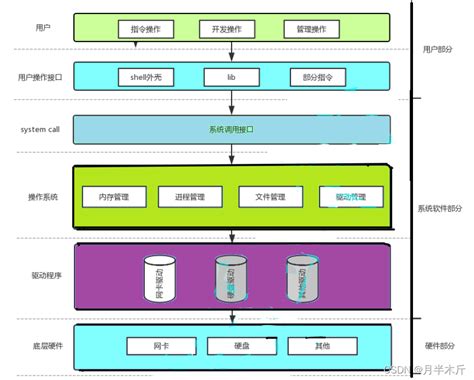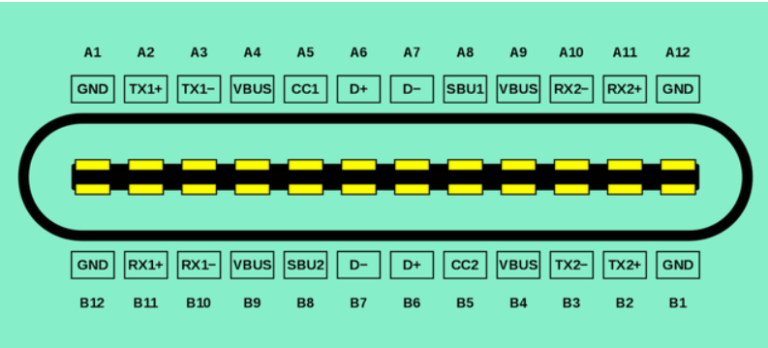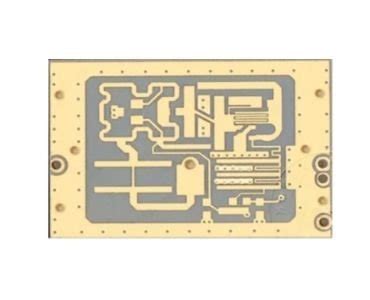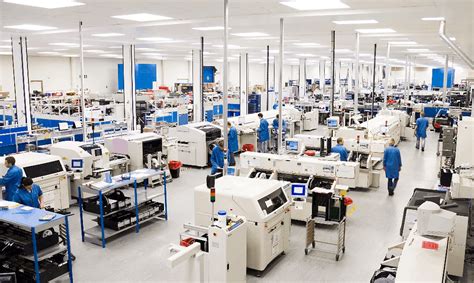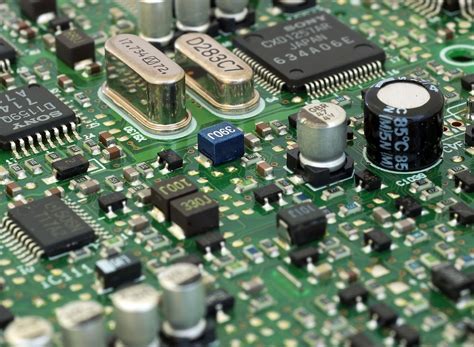Understanding PCB Processing for Efficient Electronics Manufacturing
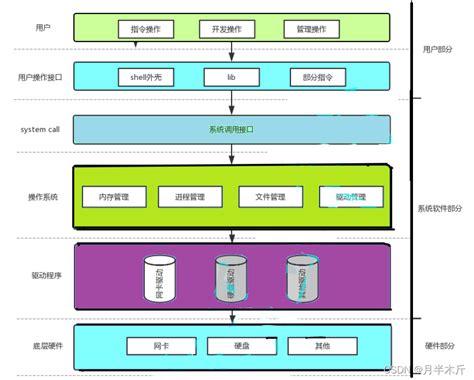
Key Takeaways
Understanding PCB processing is essential for anyone involved in the electronics manufacturing sector. As you navigate the landscape of PCB manufacturing, you will encounter various facets that affect the overall efficiency and performance of electronic devices. Employing effective PCB design and fabrication techniques is crucial in achieving reliable products.
When considering pcb manufacturing companies, remember that the choice of materials and design tools can substantially influence your pcb manufacturing cost. For instance, investing in high-quality materials initially might seem expensive, but it can lead to lower costs in the long run due to fewer failures and enhanced durability of the final products.
Here’s a brief overview of key factors in effective PCB production:
| Factor | Importance |
|---|---|
| Design Simulation | Minimizes errors before production begins, saving time and resources. |
| Component Placement | A well-optimized layout reduces signal interference and enhances efficiency. |
| Testing Procedures | Regular quality checks ensure products meet required standards. |
"In the world of electronics, a smart design today means fewer headaches tomorrow."
Employing these principles not only assures enhanced performance but also maintains a competitive edge for your pcb manufacturing business in an increasingly demanding market. Emphasizing consistent quality through structured processes can pave the way for future innovations while keeping costs manageable. Balancing these aspects is key to thriving within the evolving landscape of electronics manufacturing. For more detailed insights on efficient PCB solutions, consider visiting Andwin PCB.

Understanding the Fundamentals of PCB Processing
In the realm of electronics manufacturing, understanding PCB processing is essential for achieving optimal performance and reliability. You may encounter various PCB manufacturing companies that specialize in different aspects of this process. At its core, PCB processing involves several stages including design, fabrication, and assembly, which are crucial in determining the success of your electronic devices. The PCB manufacturing cost can vary widely depending on factors like complexity and volume, necessitating an in-depth understanding of each step to make informed decisions for your pcb manufacturing business. As you delve into this subject, recognizing the importance of effective communication between designers and fabricators becomes crucial; it ensures that your designs are translated accurately into physical circuits that meet performance specifications. Efficient PCB processing not only reduces costs but also enhances productivity and quality, laying a strong foundation for future innovations in electronics. By mastering these fundamentals, you position yourself to make significant contributions to the evolution of electronic device reliability and efficiency.

Key Stages in PCB Design and Fabrication
The process of PCB manufacturing is a multifaceted journey that involves several critical stages. Initially, you begin with the design phase, where the functionality of the electronic device dictates the layout of the printed circuit board. Using specialized software, you create a schematic that embodies your design vision. This stage is vital as it sets the foundation for subsequent processes in PCB manufacturing. After finalizing your design, you move to fabrication, where materials, such as copper-clad laminates, are meticulously layered and etched to form electrical pathways. This meticulous approach ensures that pcb manufacturing companies can produce reliable and efficient circuits.
The next stage is assembly, primarily where components are mounted onto the PCB surface. This phase can depend heavily on your chosen method—either through manual labor or automated processes, influencing the overall pcb manufacturing cost. Furthermore, ensuring high-quality connections during this stage is crucial for device performance; therefore, rigorous testing is implemented to validate each board’s integrity before moving it to final inspection. By understanding these key stages in PCB design and fabrication, you can make informed decisions that optimize your pcb manufacturing business, enhancing not only efficiency but also reliability in your electronic devices.
Optimizing PCB Layout for Enhanced Performance
In today’s competitive landscape, effective PCB manufacturing is essential for the success of any electronics manufacturing business. By optimizing your PCB layout, you can significantly enhance the performance of your electronic devices. The first step is to ensure that your design minimizes the electrical distance between components; this can help reduce signal loss and improve overall signal integrity. Utilizing advanced software tools allows you to visualize potential issues early in the design process. Remember, strategic placement of components can lead to minimized PCB manufacturing costs, as it often reduces the amounts of material and labor required. Moreover, collaborating with reputable PCB manufacturing companies can provide insights into best practices for layout optimization, enabling you to leverage their expertise for quality assurance. Ultimately, a well-optimized layout not only contributes to better performance but also supports a more efficient production process, making it a vital part of your PCB manufacturing business strategy. By focusing on these elements, you position yourself to achieve a reliable product that meets market demands while keeping costs in check.
The Importance of Gerber Files in PCB Manufacturing
In the realm of pcb manufacturing, Gerber files play a pivotal role in ensuring the production of high-quality circuit boards. These files provide a standardized format for detailed designs, enabling pcb manufacturing companies to accurately interpret and replicate the intricate patterns needed for circuit fabrication. Without these files, communication between designers and manufacturers would be fraught with misinterpretations, potentially leading to increased pcb manufacturing costs due to errors and reworks. As you engage with your pcb manufacturing business, it’s essential to recognize that Gerber files not only encompass layout information but also include necessary details like drill holes and solder mask specifications. This comprehensive approach allows manufacturers to optimize their processes, ensuring that the end product meets exacting standards for both performance and reliability. By leveraging Gerber files effectively, you can enhance your production efficiency while minimizing wastage, which is crucial in maintaining a competitive edge in today’s market. Ultimately, understanding the significance of these files reinforces their critical role in the entire PCB design and fabrication process.
Challenges in PCB Processing and Solutions
In the realm of PCB processing, you may encounter several challenges that can impact the overall quality and efficiency of PCB manufacturing. One of the foremost issues is the precision required in design and fabrication. Small errors in layout can lead to significant performance problems in electronic devices, which necessitates stringent design reviews and simulations. The variability in materials also poses a challenge; selecting inappropriate substrates or conductive materials can increase the PCB manufacturing cost while affecting reliability.
Furthermore, thermal management is critical. If your PCB doesn’t effectively dissipate heat, it could lead to component failure or decreased lifespan, which is a vital concern for PCB manufacturing companies. Implementing innovative thermal management solutions, such as embedding thermal vias or using advanced heat sink designs, can mitigate these issues.
Lastly, another challenge lies in meeting industry standards and regulations, which often vary across regions and sectors. Compliance with these standards is essential for ensuring that your products are not only competitive but safe. By leveraging state-of-the-art tools like automated inspection systems and adhering to strict quality control norms, you can enhance your PCB manufacturing business‘s reliability.
Addressing these challenges strategically will not only streamline production processes but also improve device performance and customer satisfaction in an ever-evolving marketplace.
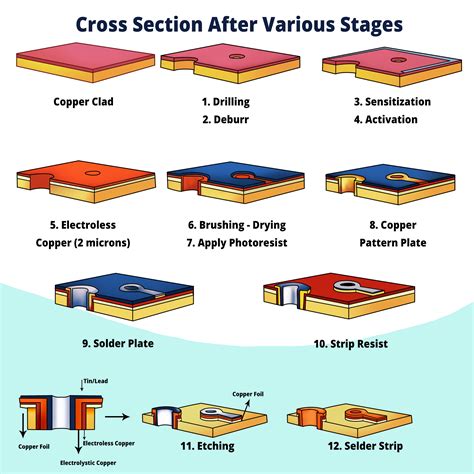
Innovations in PCB Technology and Their Impact on Manufacturing
In the rapidly evolving landscape of PCB manufacturing, the integration of cutting-edge technologies is fundamentally reshaping the industry. You will find that advancements such as automation and smart manufacturing are streamlining production processes, significantly reducing PCB manufacturing costs while enhancing precision. For those in the PCB manufacturing business, leveraging technologies like 3D printing and laser etching allows for greater flexibility in design and a faster turnaround on prototypes. These innovations mean that you can achieve more complex designs without compromising on quality or reliability. Additionally, the adoption of sophisticated software tools for design simulation has become crucial for ensuring optimal performance before production commences. As you explore partnerships with leading PCB manufacturing companies, consider how their investments in new technologies are directly influencing efficiency and productivity in production procedures, ultimately empowering you to deliver superior electronic devices to your customers.
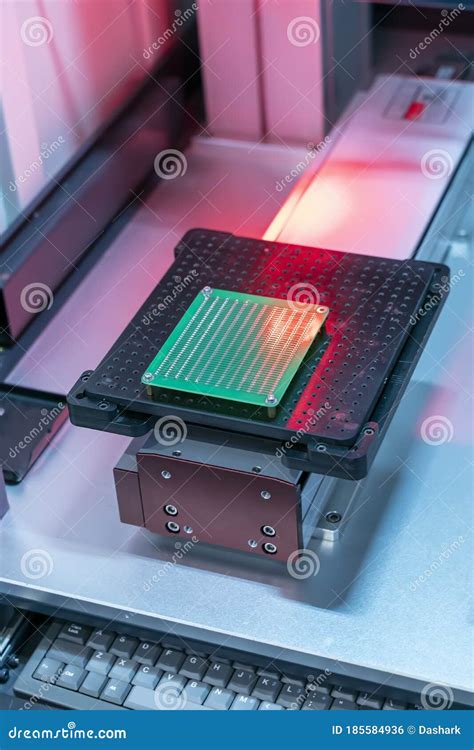
Quality Control Measures in PCB Production
In the realm of PCB manufacturing, ensuring the quality of products is paramount to delivering reliable electronic devices. Effective quality control measures not only safeguard against defects but also enhance the overall performance and efficiency of your final products. One critical aspect involves thorough inspections at various stages of production, allowing you to identify and rectify potential issues before they escalate. Additionally, you should leverage advanced technologies such as automated optical inspection (AOI) and X-ray imaging to scrutinize the integrity of solder joints and component placements. By collaborating with reputable PCB manufacturing companies, you can adopt standardized testing protocols that comply with industry norms, which can significantly reduce the PCB manufacturing cost and bolster your credibility in the market. Moreover, establishing a feedback loop where production data is continually analyzed enables you to implement continuous improvement strategies. This proactive approach not only meets but potentially exceeds customer expectations, fostering a sustainable PCB manufacturing business model that prioritizes quality as a core value. Ultimately, consistency in quality control measures serves as a backbone for robust electronics manufacturing, ensuring that your products perform reliably in any application scenario.
Future Trends in Electronics Manufacturing and PCB Design
As you navigate the evolving landscape of PCB manufacturing, it’s essential to stay attuned to the future trends shaping this sector. The demand for advanced electronics is propelling PCB manufacturing companies to innovate continually, focusing on producing more complex boards that are not only efficient but also cost-effective. With the rise of the Internet of Things (IoT), wearable technology, and smart devices, you will notice a significant increase in the need for smaller, lighter, and more reliable PCBs. This trend leads to a reconsideration of the PCB manufacturing cost, as manufacturers strive to balance high-quality outputs with affordability.
One prominent shift is the integration of automation in PCB design and production processes. By utilizing automated systems, companies can streamline workflows, enhance precision, and reduce human error, all while maintaining optimal quality standards. As a result, investing in automation can lead to reduced overhead costs for your PCB manufacturing business, allowing for better competitiveness in a rapidly changing market.
Moreover, sustainability has become increasingly critical; you may find that many companies are now prioritizing eco-friendly materials and processes. This focus not only caters to environmentally conscious consumers but also complies with global regulations aimed at reducing electronic waste. Thus, as you monitor these trends in PCB processing and design, consider how adapting to these innovations can enhance your operations and position you for success in the fast-paced world of electronics manufacturing.
Embracing these trends ensures that your operations remain relevant and capable of meeting future demands while addressing both efficiency and environmental responsibility within your PCB manufacturing pursuits.
Conclusion
In the realm of electronics manufacturing, recognizing the significance of PCB processing is essential for fostering growth and competitiveness. As you navigate through the complexities of PCB manufacturing, it’s vital to understand that effective design and fabrication techniques directly influence device performance. PCB manufacturing companies are continuously exploring innovative strategies to optimize production, thereby reducing the overall PCB manufacturing cost without compromising quality. By focusing on process improvements and adopting new technologies, your business can enhance operational efficiency and deliver reliable electronic devices that meet market demands. As you engage with various aspects of the PCB manufacturing business, it’s beneficial to keep an open mind towards emerging trends and quality control measures that aim to elevate the standards of production. Ultimately, your success in this industry hinges on understanding both established practices and new developments to stay ahead in a competitive landscape.
FAQs
What is PCB manufacturing?
PCB manufacturing refers to the process of creating printed circuit boards (PCBs), which serve as the backbone for electronic devices. This involves multiple stages including design, fabrication, and assembly.
Why is PCB manufacturing cost important?
Understanding the PCB manufacturing cost is crucial for your budget planning. It directly affects your overall project expenses and can influence your choice of PCB manufacturing companies, impacting both quality and delivery time.
How do I choose a PCB manufacturing company?
When selecting a PCB manufacturing company, consider factors such as their reputation, quality control measures, technological capabilities, and customer support. It’s essential to choose a partner whose processes align with your project requirements.
What are common challenges in the PCB manufacturing business?
Common challenges include balancing quality with cost, ensuring timely delivery, and keeping up with rapid technological advancements. Addressing these challenges can enhance efficiency in your PCB production processes.
How can I optimize my PCB design for better manufacturing outcomes?
You should consider design best practices such as minimizing layer count, optimizing component placement, and ensuring proper spacing. These steps reduce production difficulties and help lower PCB manufacturing costs, leading to quicker turnaround times.
If you’re interested in exploring more about effective PCB manufacturing, please click here.

